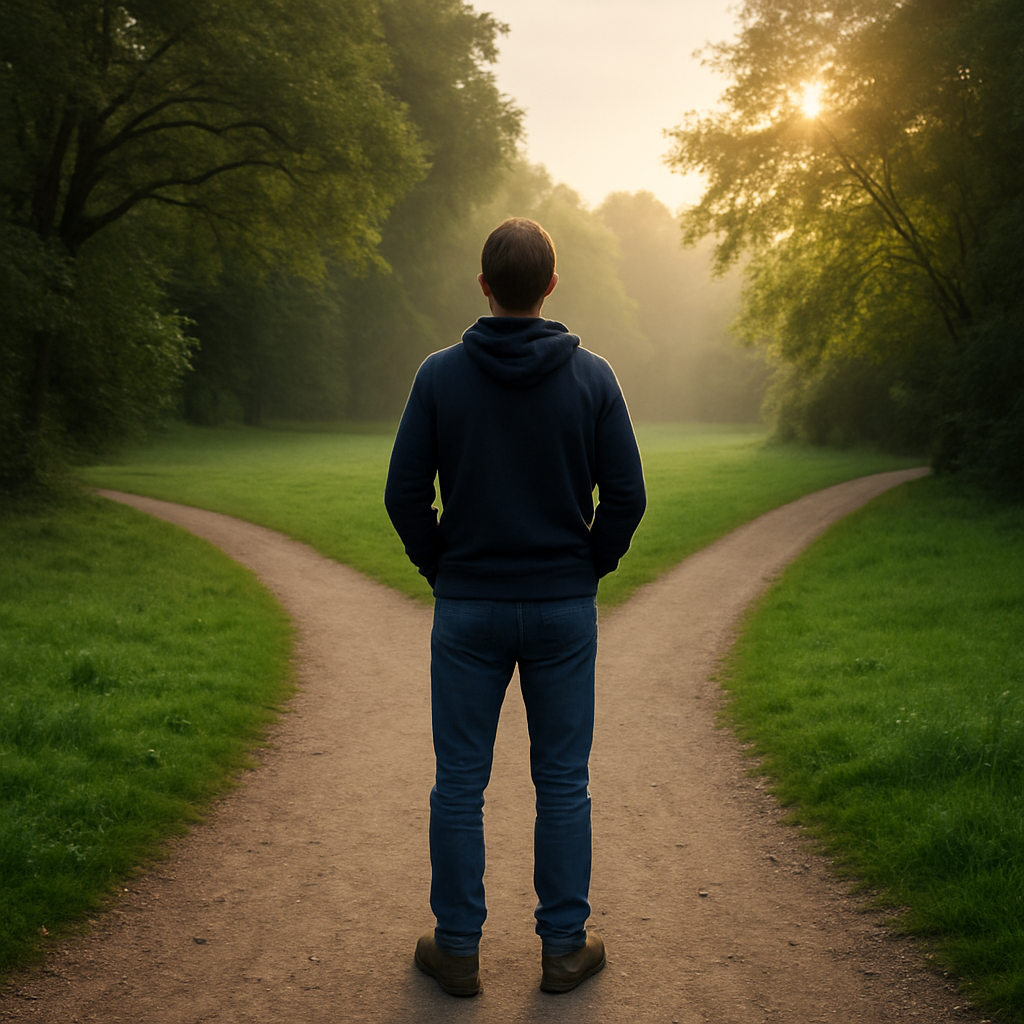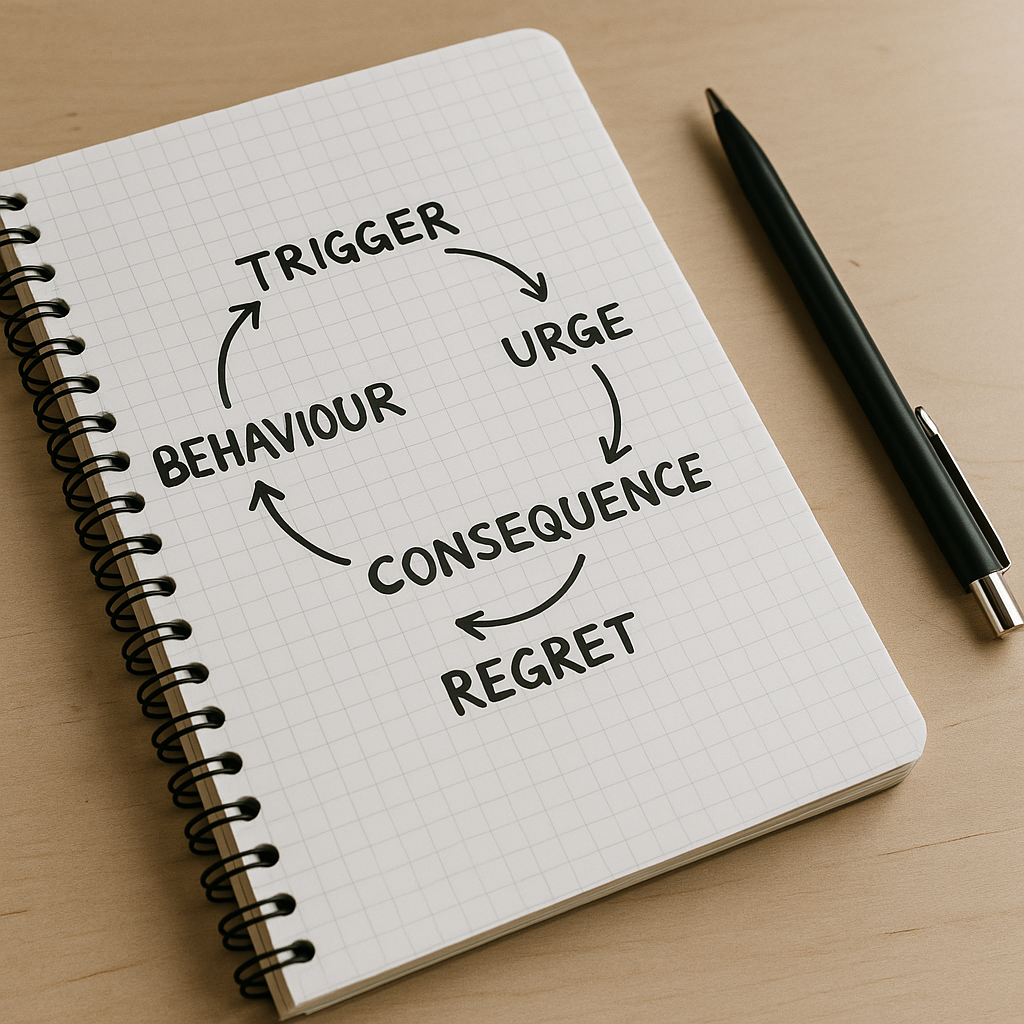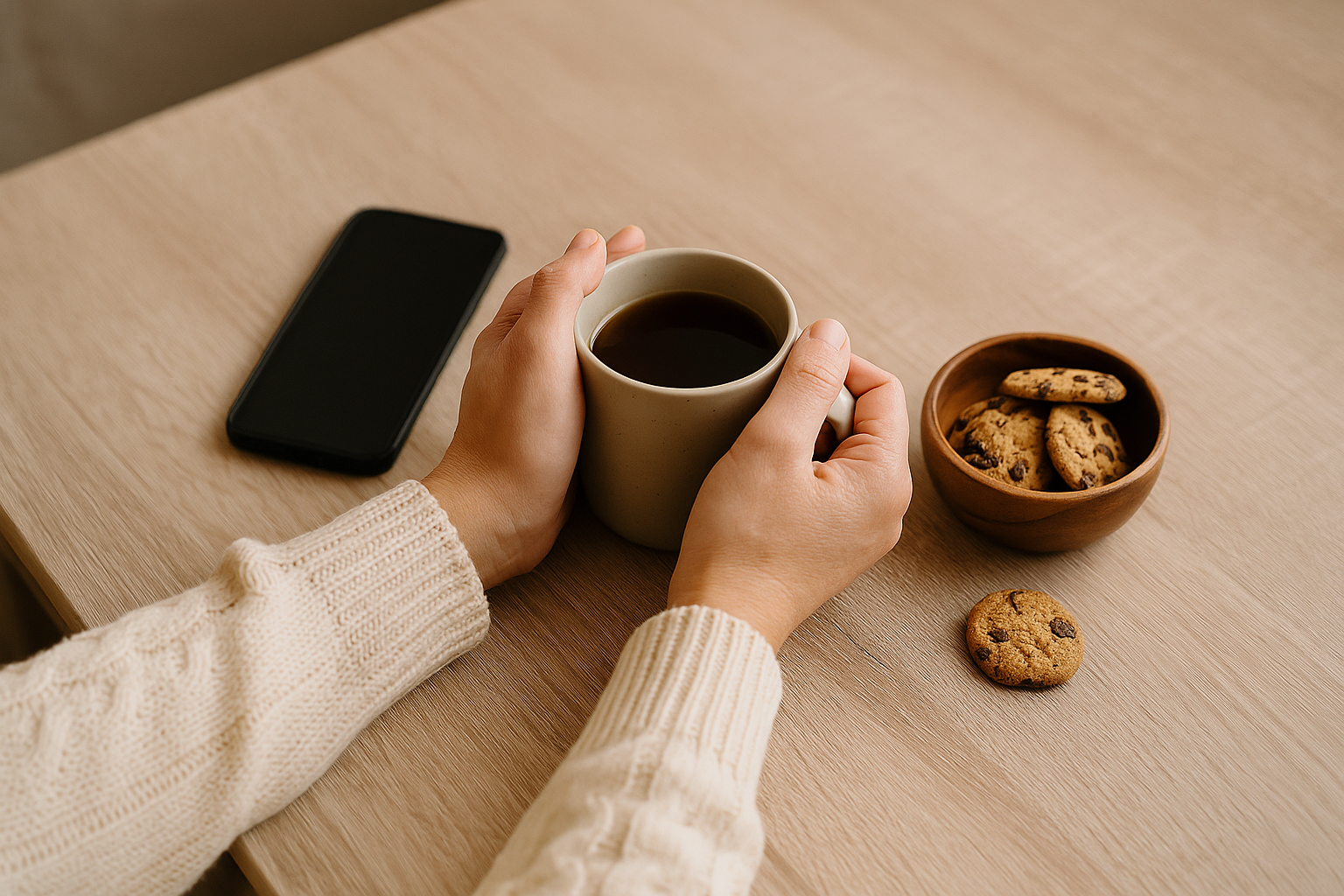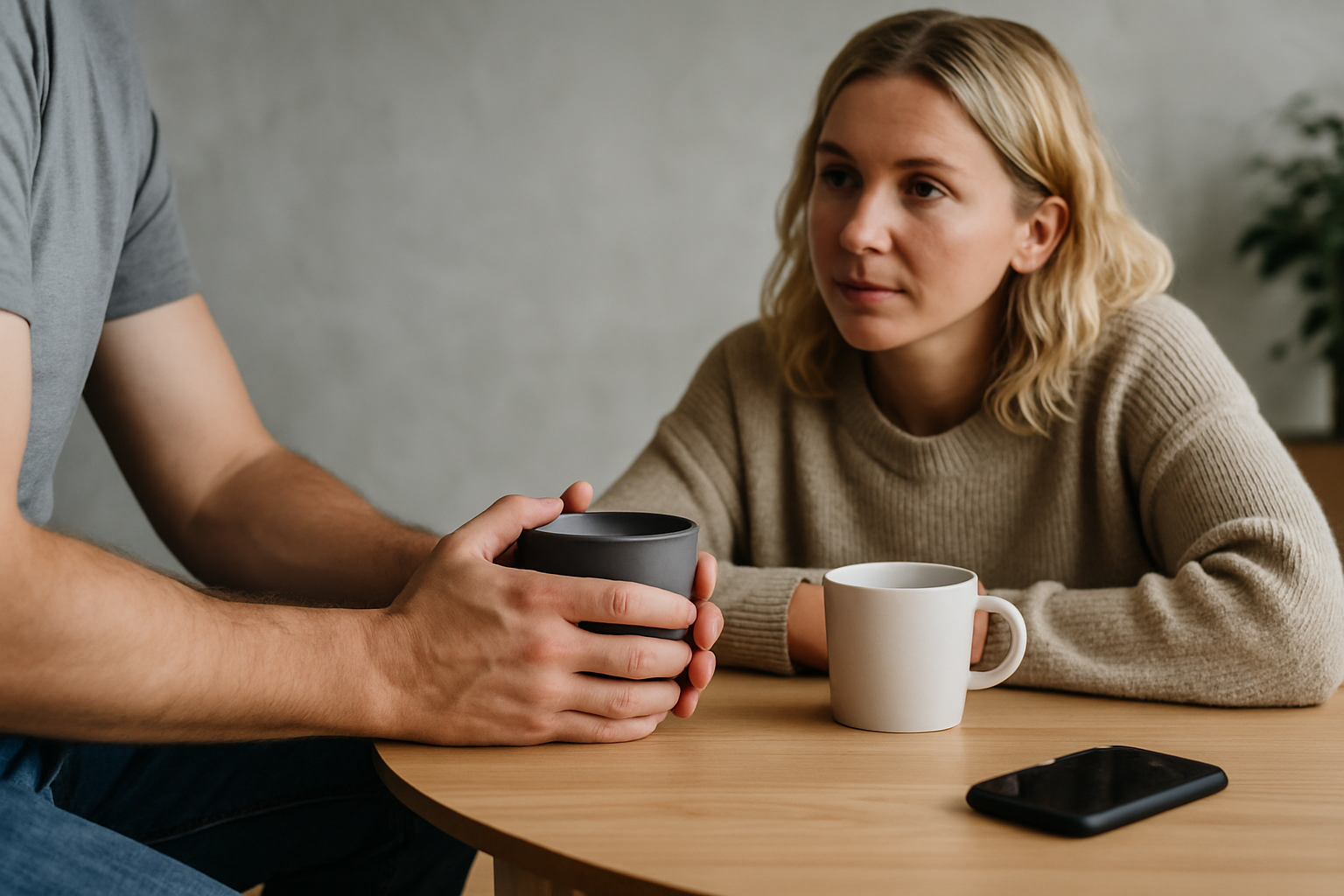1) What counts as addiction?
A pattern that continues despite harm — with craving, loss of control, tolerance, and withdrawal. Applies to substances (alcohol, nicotine, drugs) and behaviours (e.g., gambling).

Change is possible — one small, repeatable step at a time.
Addiction isn’t “weakness.” It’s brain learning, stress biology, environment, and access. Compulsions — gambling, shopping, gaming, porn, scrolling — ride the same reward circuits. Below: what’s going on, why it’s tougher under pressure, and what you can do today.
A pattern that continues despite harm — with craving, loss of control, tolerance, and withdrawal. Applies to substances (alcohol, nicotine, drugs) and behaviours (e.g., gambling).
A strong urge to do something to relieve tension (e.g., gambling, gaming, porn, shopping, scrolling). Brings short-term relief but long-term problems — often running on the same brain loops.

Urges peak like a wave ~10–20 minutes.
Breath + timer + movement. Practice on mild cravings so it’s there on hard days.
If it’s payday → Then move bills money by 9am.
If I’m alone after 9pm → Then call a friend while making tea.
List 3 people/places for spikes (fridge + phone).
Cravings jump when hungry/exhausted. Eat protein+carb; keep bedtime regular.


Debt fuels stress which fuels relapse. Free, non-judgemental help exists:

People describe recovery as hundreds of small decisions repeated: making today’s bed, making a call, turning down one urge, showing up to a group, eating a meal. Progress isn’t perfect — but each step counts.
This page is for general understanding and support. It’s not a substitute for professional medical, legal, or crisis care. If you feel unable to keep yourself or someone else safe, call 999 (UK) immediately.